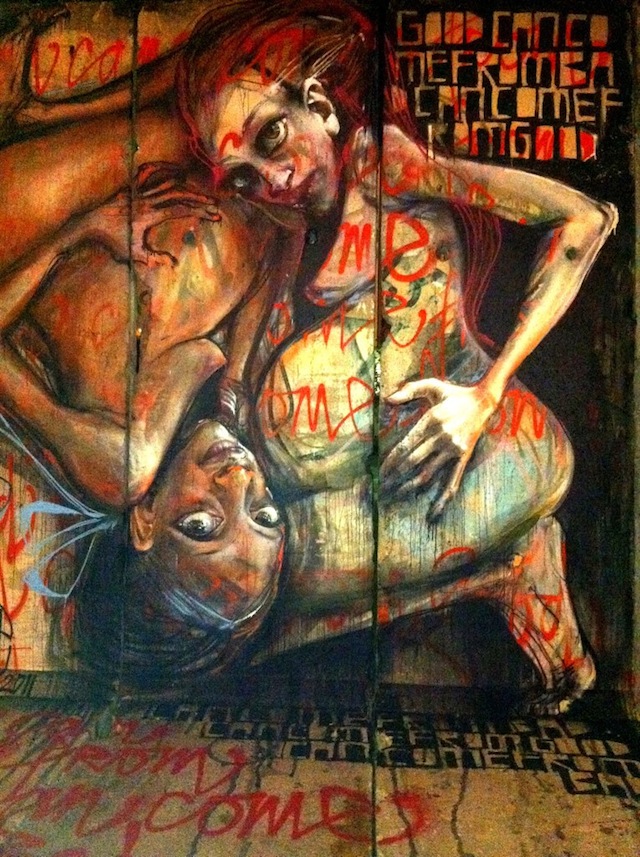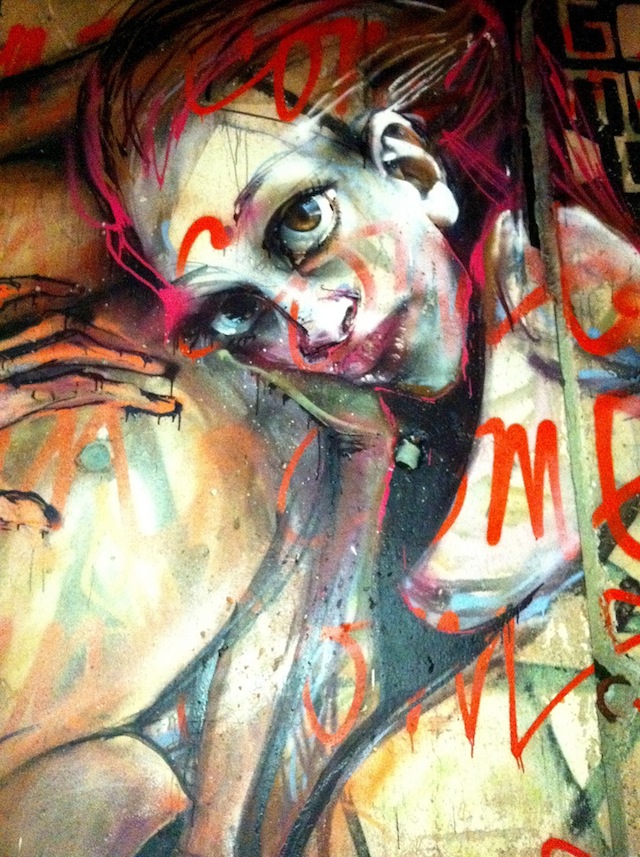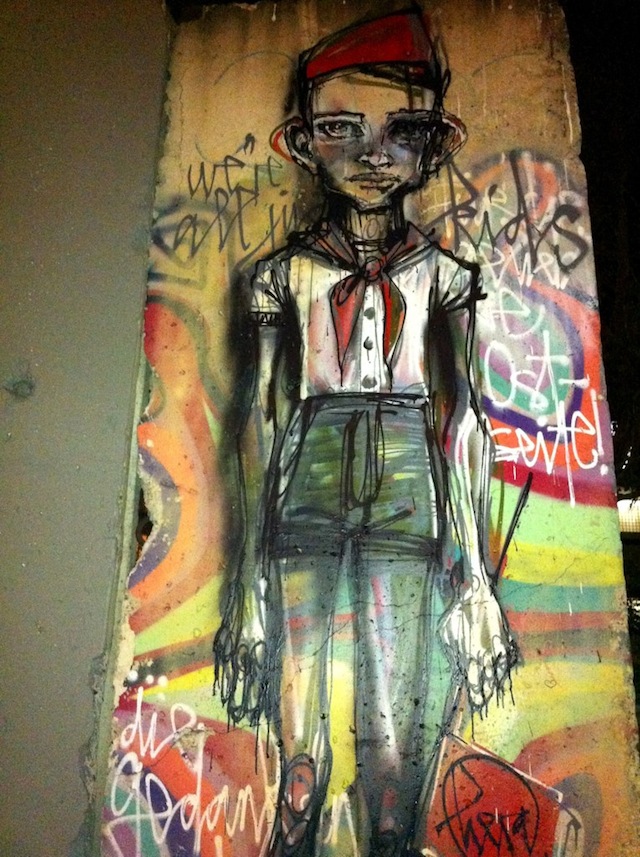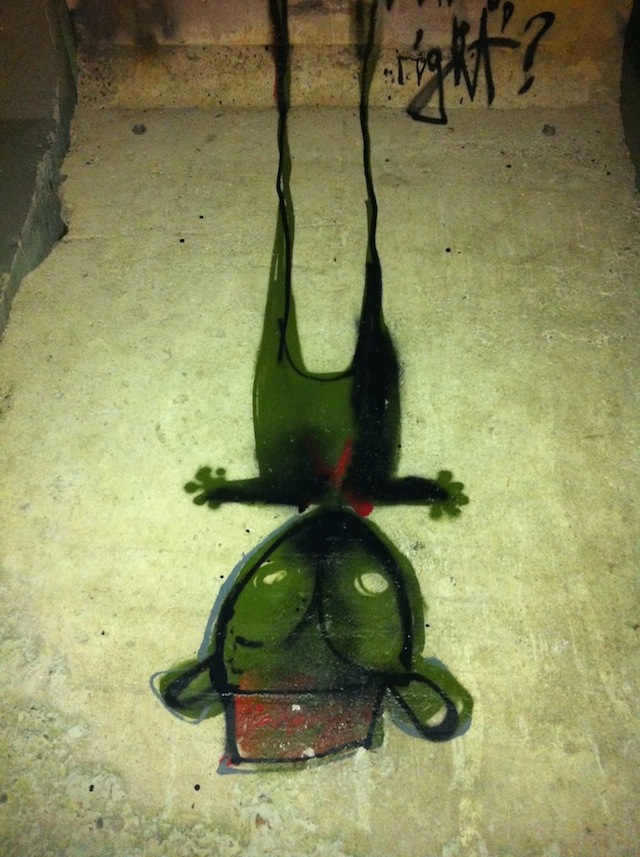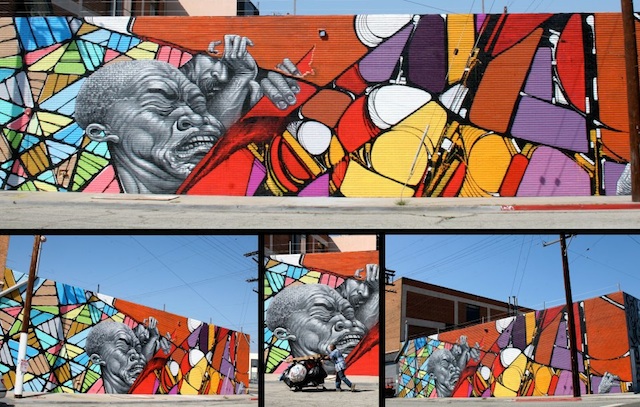
If that is the case, they aren’t hiding very well these days.
I suppose you could blame TNT’s popular TV cop drama Southland for some of that. The group’s “Painting the Painters” mural was prominently featured in a recent episode titled, oddly enough, “Risk.” In addition, UGLAR member Evan Skrederstu was commissioned by The Wende Museum (the same institution that commissioned RETNA, D*face, and Herakut to paint portions of its Berlin Wall) for the L.A. Chamber Orchestra’s “Play Me, I’m Yours” Project to paint a piano to stand across from LACMA, next to the wall segments.
The group has also completed two murals with ZES (including one in collaboration with PUSH for L.A. Freewalls), and features in the upcoming La La Gallery show.
The word is out, it seems. So who are they?
UGLAR stands for Unified Group of Los Angeles Residents and consists of five members: Evan Skredertsu, Christopher D. Brand, Steve Martinez, Espi, and Jose A. Lopez. They recently added ‘works’ to their name in honor of the great public works projects that were once commonplace in Los Angeles during the era of Rivera and Siqueiros. Originally, however, the group took their acronym from the Ulysses Guide to the L.A. River when they created a book celebrating the river and its inhabitants in 2008. This culminated in a show at the Pasadena Museum of California Art that featured Chaz Bojorquez and others. Perhaps what is most remarkable about that show is that the group fabricated and installed the entire exhibition by hand and brought the feel of the concrete L.A. riverbed indoors by obliterating the white gallery walls.
And yet, just a glimpse of their work shows it to be incredibly diverse. Martinez paints, photographs, and is the only member to use Photoshop in conceiving his pieces. Lopez graduated from graffiti lettering to abstraction years ago, even taking to etching some recent works on copper. Espi adds a spiritual element to the group it seems, but what else would one expect from the Art Director of the Los Angeles Friends of Tibet?
As a group, they do far more than walls. They are kings of scale, from the huge to the tiny, from murals to bugs. Yes, bugs. The story goes that Skrederstu and Brand were painting in the L.A. River a decade ago and accidentally sprayed a cricket blue. What grew out of that happenstance is amazing to see. Yet, what I find so fascinating is they do more than simply paint, and they don’t work exclusively with aerosol. Brand also sculpts, and is capable of some incredibly lifelike pieces similar to those of Ron Mueck. By way of example, check out the severed head below.
At a time when many are asking if street art can transition indoors (obviously the techniques can, but how well, and to what effect?), it is fascinating to watch contemporary street artists adapt to new spaces after having few limits. I can’t help but wonder which artists will transcend such labels by producing regardless of venue, and which will be limited in new environs. Considering the breadth of UGLAR’s skills and polish, it seems reasonable to conclude that they have all the potential necessary to effectively make that leap. Perhaps most importantly, they don’t seem satisfied to work exclusively on the street, but anywhere their creativity takes them.
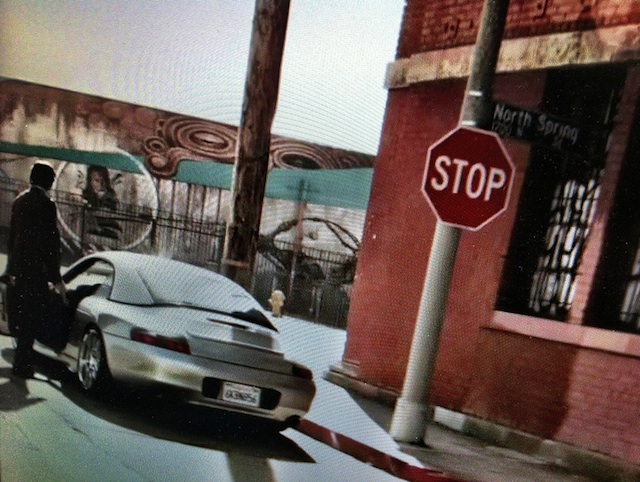
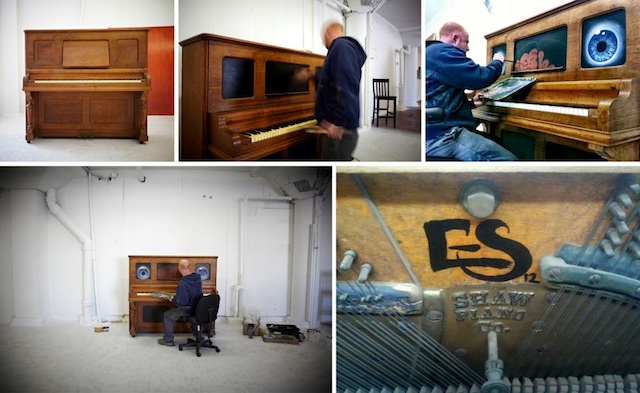

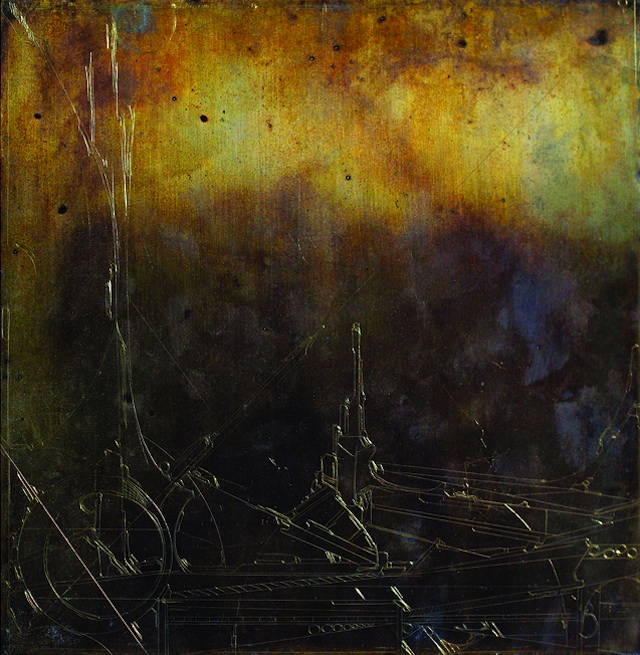
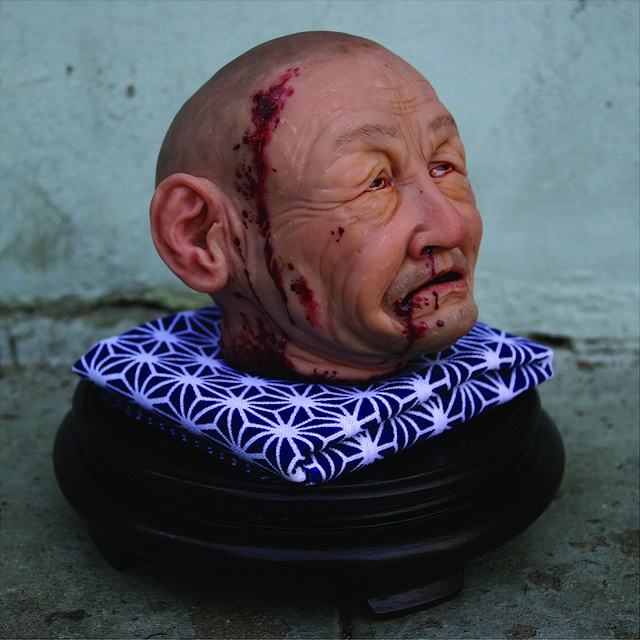
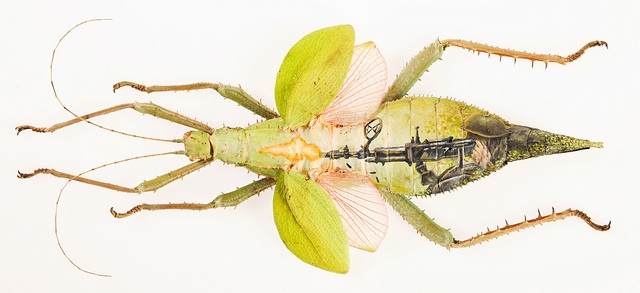
All photos courtesy of UGLARworks. For more photos click here

